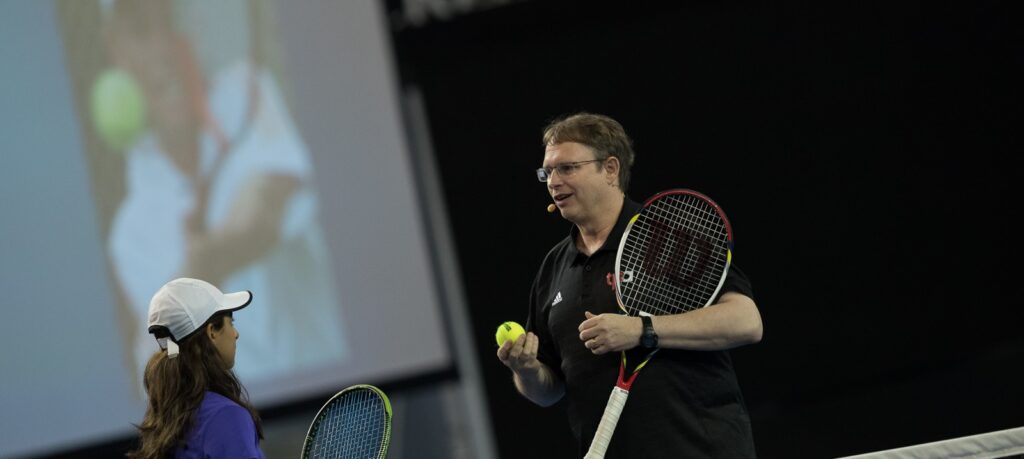


SERIES INTRODUCTION
It has become standard procedure for companies and organizations to create vision and mission statements. A vision statement is a picture of a preferred future. It becomes the guiding destination the company/organization is working towards and who they want to be.
For example, Amazon’s vision statement is: ‘To be Earth’s most customer-centric company, where customers can find and discover anything they might want to buy online.’
Mission statements are the ‘how’ of achieving the vision. They define the purpose of the vision. Amazon’s mission statement is: ‘We strive to offer our customers the lowest possible prices, the best available selection, and the utmost convenience.’
What about using them for players?
What if we harnessed the power of vision & mission statements to direct our player development? At NVTC, we have created a performance player vision statement and targeted mission statements to help all our coaches and players get on the same page about where we are going and how we intend to get there. Feel free to steal ours or take the information and create your own.
The vision statement is based on the original work of top international coach Louis Cayer. In subsequent articles, when we explore the key concepts of the vision statement, we will also look at the mission statements created for each component to guide development. We will also include examples of practice activities that train the specific element.
Our Player Vision Statement is:
‘A PERFORMER who is an ATHLETE that PLAYS SMART with FUNCTIONAL SHOTS’

To enhance our understanding, we can refer to the diagram above. A circle represents each component. An ‘Integrated’ player achieves the vision by combining all the elements. (For a more detailed article on the Integrated Approach, click here)
The vision statement is another way to express four categories familiar to coaches known as the 4 Performance Factors, so they are seen as unified (and not in their separate silos):
- The psychological factor of being a ‘Performer.’
- The physical factor of being an ‘Athlete.’
The two factors that come together to be a ‘player.’
- The tactical factor of ‘Playing Smart.’
- The technical factor of hitting ‘Functional Shots.’
Long-Term Development
This player vision statement helps coaches keep a more long-term, ‘big picture’ in mind and directs day-to-day training. Coaches often fall into the ‘Trap of the urgent’ (e.g. fixing that BH swing) and lose sight of the important view of development (e.g. shaping the BH into a part of the overall package a player can use to compete successfully). Coaches also tend to fall into the trap of developing one part (typically the ‘Player’) and ignoring the others.
This filter makes it easier for coaches to see where work needs to be focused. Some of our players’ skills are good, but the pressure of competition overcomes their ability to maintain and utilize what they have. These need work on bringing out a stronger ‘performer’ on court. They may lack coordination skills to execute well, in which case we need to work on the ‘athlete.’
For others, they compete well, but their technical skills are deficient (e.g. poor mechanics resulting in a lack of power for attacking shots). Or, their technique is good, but their tactics are suspect (e.g. they make risky decisions). We need to work with these to bring out a stronger ‘player’ on court.
Conclusion
Although most coaches understand the 4 Performance Factors, it is the successful integration of these factors in a longer-term process that is the challenge. This player vision statement holds all the factors in balance and gives the picture of the complete player they need to become.
In the following parts of the series, we will explore each component of the vision and the accompanying mission statement. In Part 2, we will look at the ‘Performer’ characteristic
| This article was inspired by the work of Louis Cayer. If you would like to ask a question, give feedback, or want more information, contact us at: acecoach.com |
Leave a Reply